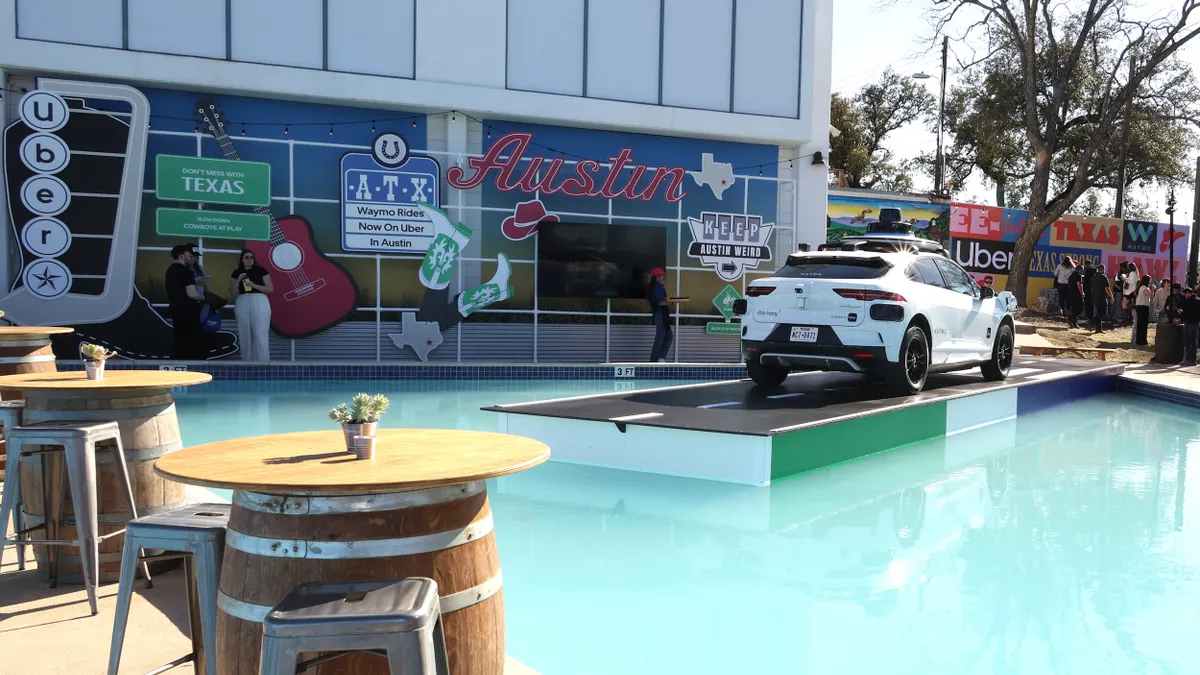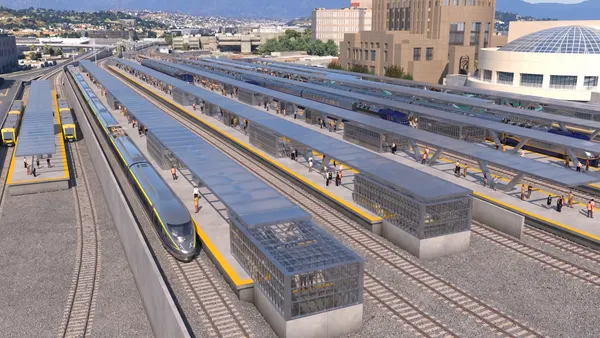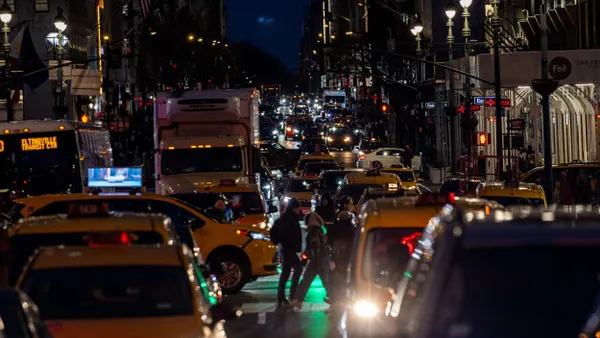Editor's Note: The following is a guest post from Michael Keating, founder and president of Scoot, an electric mobility app founded in San Francisco in 2011.
We think a lot about parking. Usually that means scooter or moped parking, but lately we've been thinking about all the car parking in San Francisco, how much space it all takes up, and if that space could be used for anything else.
We tried to imagine San Francisco if all of that public parking for cars were turned into actual parks or parking and lanes for cleaner, greener mobility options. Here’s what we came up with.
San Francisco is home to almost 500,000 registered cars — quite a lot for a relatively small city. But what's really mind-blowing is all the space devoted to parking those cars. There are 275,500 on-street parking spaces in San Francisco, plus another 166,500 public parking spaces in garages and lots. That's more than 440,000 parking spaces in public space in the 7x7, or one spot for every two people. This still doesn't include the thousands of private garages and parking spaces at homes and businesses.
At roughly 160 square feet, the average car parking space is the size of some microapartments in the city. But the scale of the car parking problem goes beyond individual spaces; when you add up all that land, the results are truly staggering. Consider this: the area taken up by the 275,500 on-street car spaces alone in San Francisco is around 1,010 acres. That's almost exactly the size of Golden Gate Park — and those are only the spaces on the street.
If you add in the 166,500 public garage and lot spaces, the total reaches 1,623 acres. That represents well over a quarter of all the parkland in the city, or about the size of the Presidio. And these numbers almost double again if you add in the space it would take to actually access these parking spots.
Imagine what could be done with all that space. By repurposing just half of it, we could create a grid-like park of trees and grass as wide as a lane of traffic stretching down every street in San Francisco, making every street a boulevard. Or the city could repurpose this car storage space as safe lanes for buses or bikes and scooters, moving more people more efficiently than single-occupancy cars — especially parked cars.
Making better use of public space by turning it into parks and bike lanes takes a long time. However, the city has already recognized that bikes can be part of the solution to congestion and have begun dedicating curb space to on-street "bike corrals." By repurposing one car parking space for bike or scooter parking, that space can accommodate ten bikes or scooters (or five mopeds or motorbikes). If those vehicles themselves are shared, that public space becomes useful to many more people than if it were just being used for a car.
So far there are only 67 of these curbside bike corrals, representing only 0.02% of available curb space. Together, those corrals only add up to about half the area of the playground in Dolores Park.
We want to think about this space differently. What if we allow scooters and bikes to park at the curb near the corners of every block where parking cars is prohibited for visibility reasons? What if we just upgrade one car spot on every block so it can hold ten bikes or scooters?
Or, what if we run an experiment with 1,000 temporary bike racks and corrals deployed in car parking spaces all over the city? We could change their locations every week and see how these spaces are used relative to the adjacent car spaces and prove how much more valuable these spaces are when they can be used by more people and vehicles.
Changes like these would vastly expand the space for reliable and orderly parking for bikes and scooters without removing many, or any, of the 275,500 car parking spaces on our streets, and they can be tried immediately. More people would ride more and drive less. There would be less congestion on the streets and less pollution in the air.
It's easy to make San Francisco a better place to live. One of the answers has been hiding in plain sight — lining both sides of every street in the city for decades. We just have to look at it differently.









